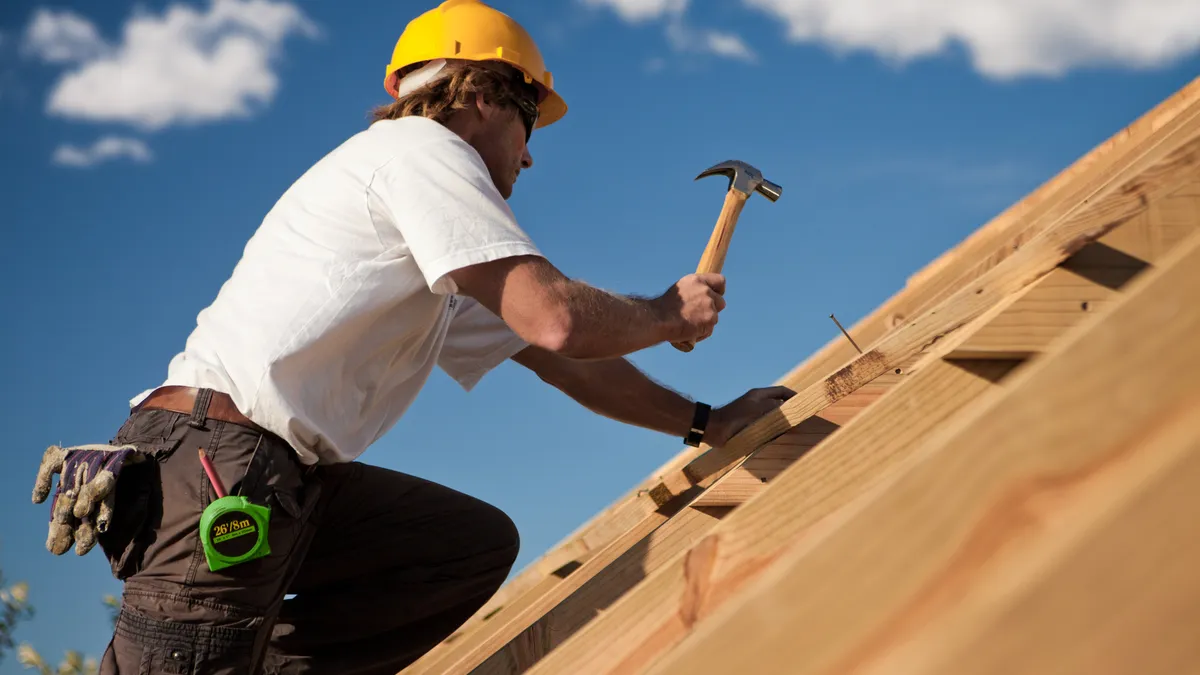Dive Brief:
-
For the fifth year in a row, population growth slowed in major U.S. cities in 2016. An analysis by FiveThirtyEight of Census Bureau data indicates that lower-density suburbs experienced the fastest growth, an average of 1.3%, in 2016 – the fastest rate there since the housing crash put the brakes on homebuilding in 2008. Low-density suburbs in the South and West grew by 2%.
-
While urban areas have been attractive to the more affluent and educated, older adults, families with school-aged children and lower-income households are sticking to the suburbs, either due to cost or preference.
-
Florida dominates in population growth, with metros in the state accounting for five of the top 10 fastest-growing cities nationwide. The Rust Belt and the Northeast make up much of the list of slowest-growing metro areas, with Youngstown-Warren-Boardman, OH; Syracuse, NY; and Scranton-Wilkes Barre-Hazelton, PA, rounding out the bottom.
Dive Insight:
There was much speculation in recent years that the popularity of urban living would soar, particularly with regard to millennials, and some even predicted suburbs would become ghost towns. But the population swings since the end of the housing crash are suggesting otherwise. In fact, data from the Urban Land Institute found that the suburbs around the 50 largest U.S. metro areas make up 79% of the population and 91% of the population growth between 2000 and 2015. Another report shows that 50% of millennials live in the suburbs and 20% in rural areas.
Though the vibe of metro areas may appeal to younger buyers, there’s a better chance of them finding affordable, entry-level homes in the suburbs. They also are proving to crave the same features — such as safety, privacy and a yard — as the generations before them. And, of course, there’s the draw of single-family living.
But many suburban buyers do still want some of the conveniences of urban living, most notably walkability and proximity to transit. Not all communities or builders are ready, Curbed reports. Meanwhile, a shortage of new entry-level housing stock is poised to drive activity in home renovations among this group as they seek out fixer-uppers in neighborhoods closer to the city center.
For urban buyers, the cities with the biggest growth potential for millennials may be smaller-market metro areas that offer affordability and personality. Salt Lake City, UT, for example, was recently named the best city for young home buyers by the National Association of Realtors. And higher-educated millennials are returning and helping to revive some Rust Belt cities such as Baltimore and Buffalo, NY.













